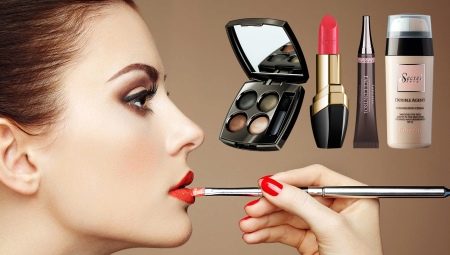Each woman is beautiful in her own way. To emphasize individual beauty, the fair sex resort to the help of all kinds of cosmetics. Nowadays, their diversity has reached peak heights. But the modern, perfect world of cosmetology has undergone many metamorphoses on the way of its development: from basic, primitive means to the highest biotechnological resources.

The birth of beauty
The term "cosmetics" from the ancient Greek literally translates as "giving a beautiful look." It combines knowledge about the ways to acquire beauty and health of the skin of the whole body, hair, nails.
The history of women's cosmetics begins in ancient times. It is known that the ancient Egyptians actively used lipstick, dyed their hair.
We corrected eyebrows with pencils, used odorous water - a prototype of modern perfumery, applied blush, powder. Means possessed natural nature.
The incomparable Cleopatra imprinted on the papyrus her recommendations for body care, calling them “Skin Medicines”.
Among the women of ancient Greece, an aristocratic, pale face was in fashion. And only in the evening the ladies allowed themselves to apply a more expressive makeup. There were 2 concepts here: kosmetike techne - makeup for decent ladies, and kommotike techne - bright makeup, applied by courtesans to attract rich men.
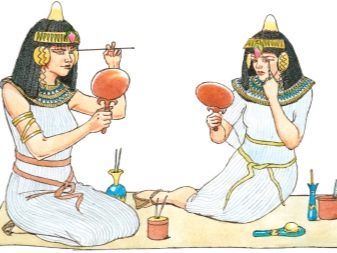
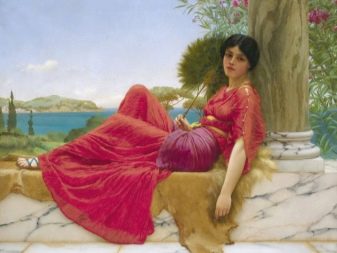
1843 is considered the year of the start of industrial cosmetic production in Russia - the year the Alphonse Rale factory was founded in Moscow. She specialized in the production of soap, powder, lipstick, perfume. A special role in cosmetic production was played by Brokar's laboratory, which initially specialized in soap making, and then switched to lipsticks and perfumes.For the first time, the term cosmetics was made in 1867 at the International Exhibition in France.
The 20th century was marked by the discovery of numerous innovations in the cosmetic field. Williams came up with the mascara that Mabel named after his sister. Max Factor has developed henna-based eye shadow, lip gloss. Expanded the color palette of lipsticks. At the beginning of the century, powder appeared in a modern design, and then blush.
Nowadays, the cosmetic sphere, despite the huge arsenal of funds, continues to develop and improve. Women are offered cosmetics that satisfy any desire and are designed for different consumer opportunities.

Cosmetic variety
The list of cosmetics in each country is different from each other. For example, the Russian list includes essential oils.
In some countries, soap is not included in the list of cosmetics.
There are also specific cosmetic specimens characteristic of a particular area. So, cocoon balls for face care are popular in Japan. They are saturated with natural silk, which, penetrating deep into the pores, has a pronounced cleansing, regenerating, softening effect.
An important issue is the cosmetic composition. Quality ingredients are the key to effective and safe products. To keep control of cosmetic production, in 1894 a special organization was created, the current name of which sounds like The Personal Care Products Council.
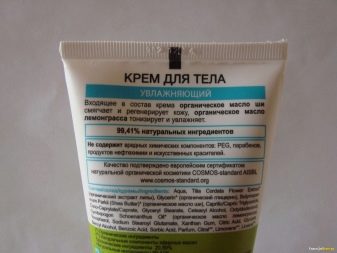

Graduation of products occurs according to different criteria. First of all, it is necessary to divide cosmetics into decorative and caring. Derma Care Group includes:
- lotions;
- creams;
- peelings;
- scrubs;
- masks;
- mousses, foams for washing;
- milk.
Fall into this category all funds that improve the condition of the skin.
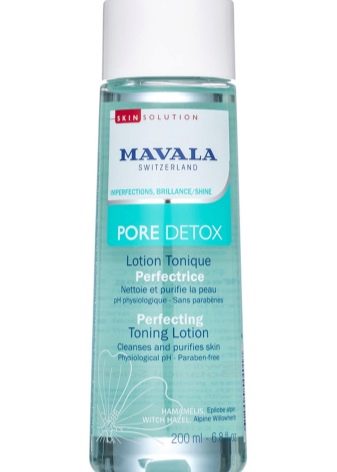
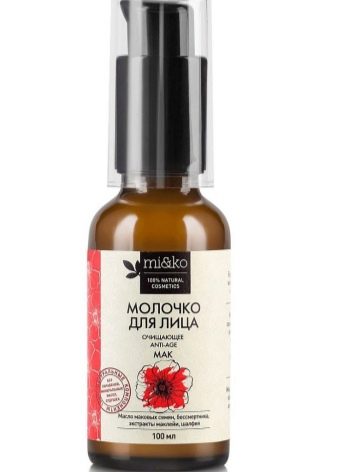
Decorative products include everything that is designed to make women beautiful:
- carcasses;
- lipstick, lip gloss;
- powder, blush;
- tonal basis;
- shadows;
- concealers;
- pencils.
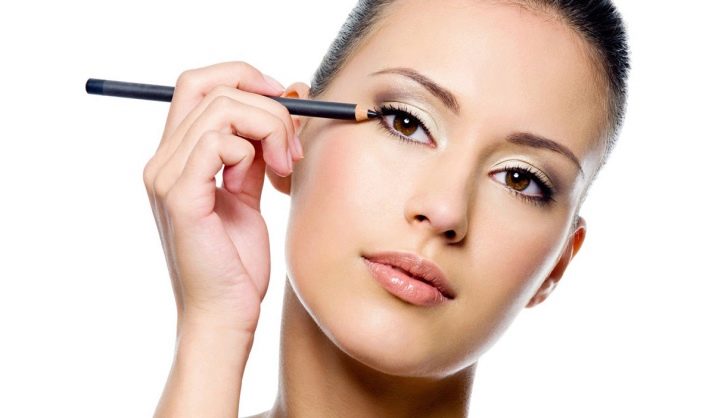
Care products are selected taking into account the type of dermis:
- oily
- dry
- combined;
- normal
- sensitive;
- problematic.
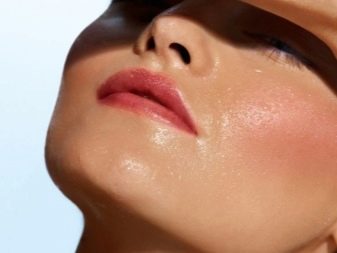
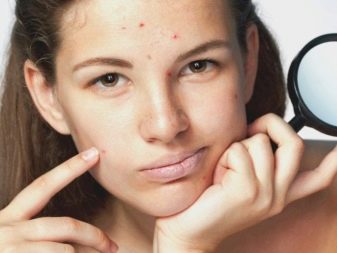
In the store, a sales assistant will definitely help you make the right choice. But there are a few rules to remember.
- For oily skin Choose products with a light texture, so as not to clog pores. The best choice would be a copy with a drying effect.
- Dry skin should be pampered with moisturizing compounds.
- Normal dermis loves comprehensive care. Suitable products with moderate hydration and nutrition. Peels for gentle cleansing are also needed.
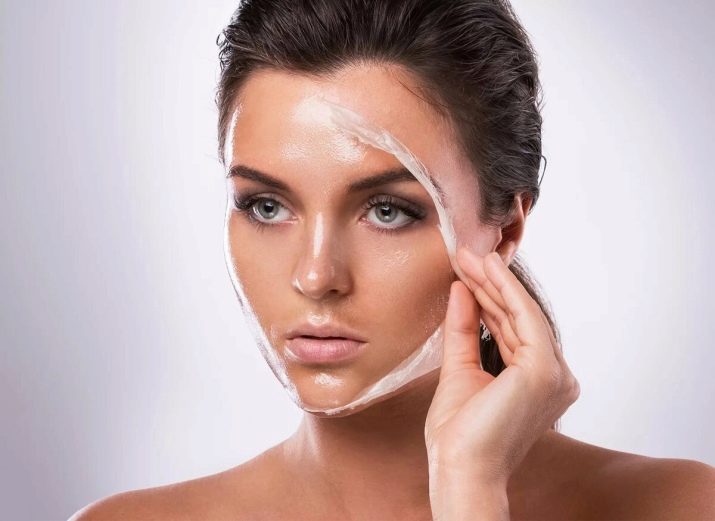
But there is another dermal type that is especially in need of competent care - this is age skin. The dermis begins to age and fade when it loses its lipid layer and moisture. Its turgor decreases, the skin begins to sag, and wrinkles form. Experts believe that girls need anti-aging care after 25 years. But each age has its own changes. Therefore, manufacturers, releasing anti-aging creams, put the label on the package:
- after 25;
- after 35;
- after 40;
- after 50.
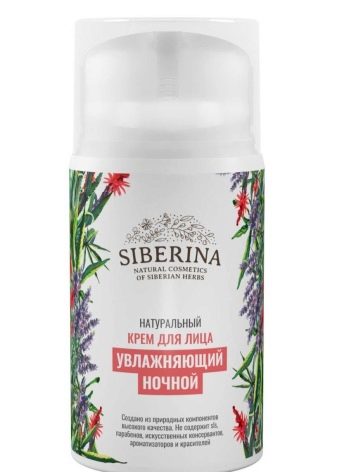
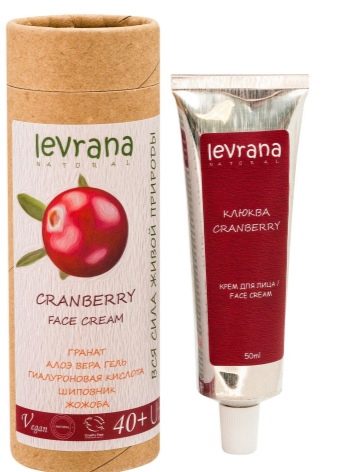
Women after 55 years of age are aggravated by menopause, which inhibits the secretion of female hormones. And they are also responsible for the production of the lipid layer. therefore cosmetics for 50+, as a rule, have an oil base to replenish the lipid balance. Moisture is greatly lost, due to which wrinkles appear.
Therefore, dermal age-related funds are primarily aimed at restoring the water-fat balance.
The second point is a decrease in the amount of collagen, which entails a drop in turgor and a change in the shape of the face. Therefore cosmetics for the age dermis is equipped with components that stimulate the production of its own collagen and hyaluronic acid.
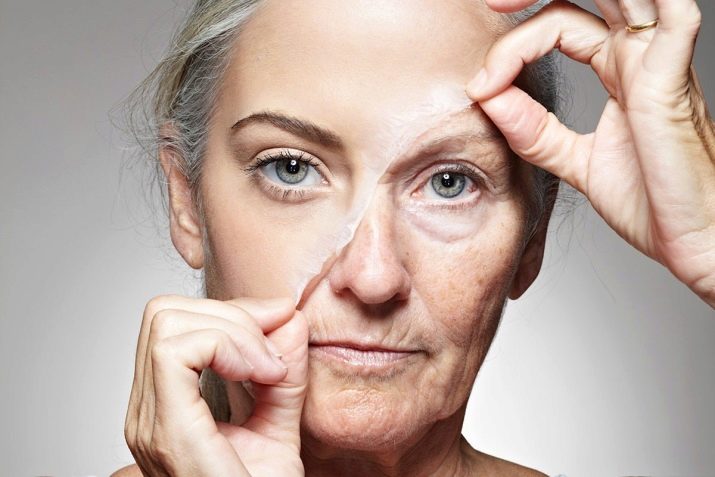
Professional and mass
Two other important categories characterizing the effectiveness and cost of goods. Bulk cosmetics designed for everyday use. It is always easy to find in stores. It is divided into several subspecies.
Mass-market cosmetics are intended for normal, trouble-free skin. This is a good option for those who do not need to spend money on potent funds. It has an affordable price.
Pharmacy view is designed to help overdried or, conversely, oily dermis.. And also with traces of rosacea and other changes.
The selective group is an order of magnitude higher than the representatives of the mass market. It contains a high content of active substances. It is used for home use and is able to maintain the effect of salon care for a long time. But this group does not reach the professional line, since it does not have a therapeutic effect. The selective group includes such well-known companies as Avon, MaxFactor, Maybellin, Nivea and many others.
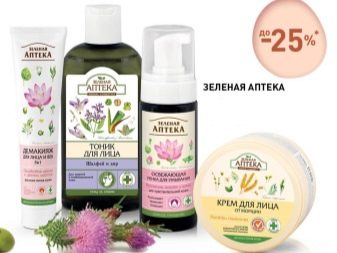
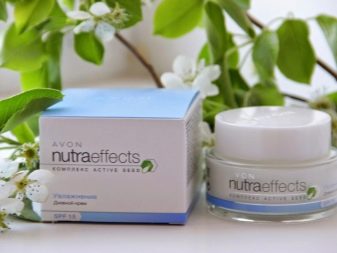
A separate group is luxury cosmetics. These are luxury products manufactured by fashion houses. These are such world famous brands as Gucci, Chanel, Dior, Escada. Elite products are distinguished by high cost. It is determined by the following criteria:
- the presence of highly effective, natural components in high concentrations;
- use of modern technologies in production;
- conducting research on the basis of research institutes or own laboratories;
- a container made of high-quality, expensive materials ensures long-term storage of the product without entering into interaction with it;
- packaging design is developed by professional designers.
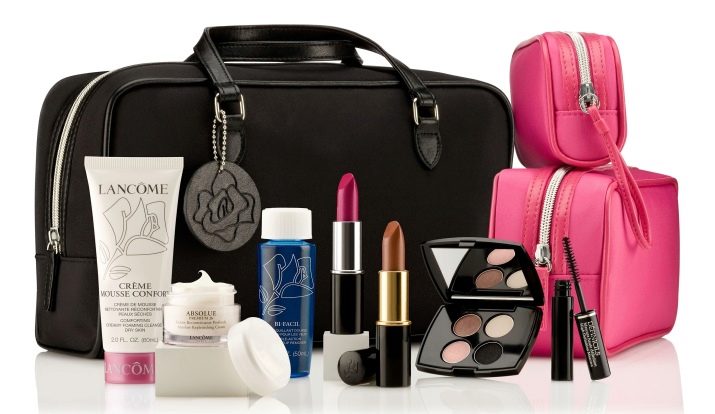
Premium cosmetics are of high quality, effective in action. It has an attractive appearance and is pleasant to use.
In contrast to mass cosmetics, there is a professional series.
It is intended for salon use by professional cosmetologists.
It performs 2 main functions:
- maintaining the beauty and health of the skin and hair;
- therapeutic effect.
Among the professional cosmetic products, there are also many brands with world renown:
- Salin de Biosel (Italy);
- Aravia (Russia);
- Beauty Style (America);
- BiRetix (Spain).
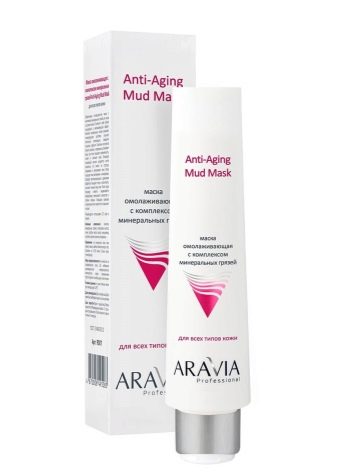
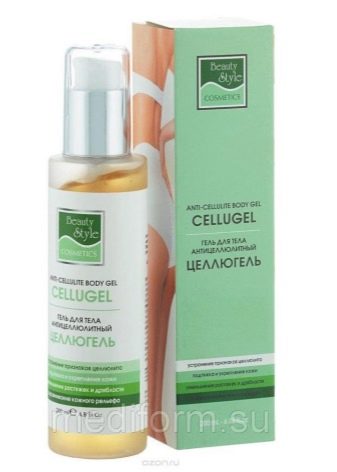
The cosmetics industry is a large-scale industry with a long history of development. Despite her achievements, she continues to transform using the latest technology and resources. Modern cosmetics are able to satisfy the most sophisticated consumer. They are designed to give every woman beauty and prolong her youth.
Historical facts about the appearance of cosmetics are outlined in the video below.
